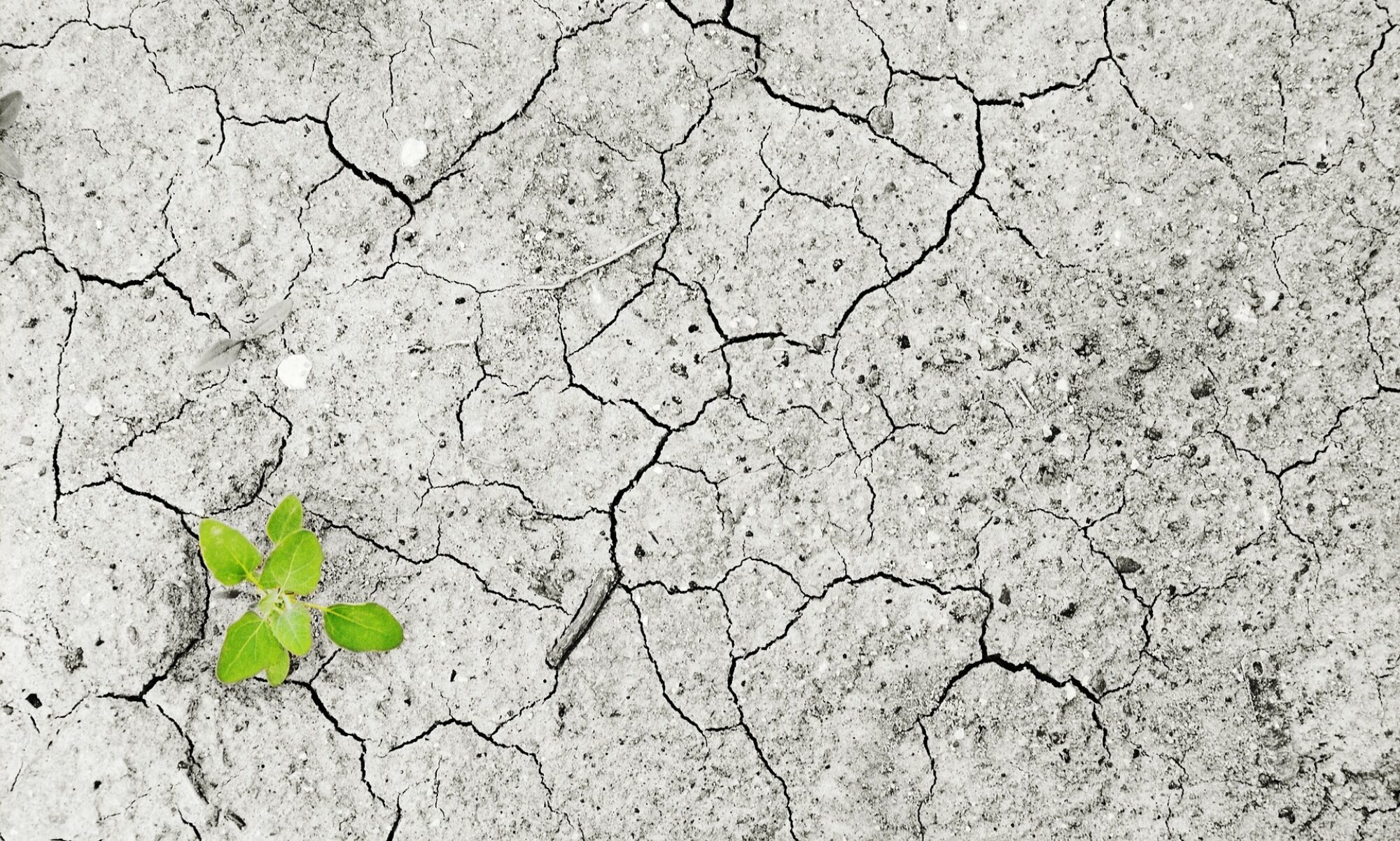The IAD also considered the best interests of the applicant’s grandchildren, ultimately finding that “[t]he IRPA prioritizes the objective of reuniting families in Canada” (¶ 24) and that the children in Napoléon’s life would benefit from her staying in Canada. It rejected the Minister’s argument that Supreme Court of Canada in Medovarski held § 38(1) of IRPA to be more important than family reunification, on the grounds that the Medovarski case involved serious criminality and a danger to public health or safety, neither of which were present in this case.
The IAD also felt the applicant had strong family support in Canada. Napoléon had previously worked as a nurse but was forced to stop for health reasons. She became financially dependent on her daughter, who paid her medical expenses, among other things. Napoléon was also held to rely on her daughter and extended family for emotional and moral support.
The IAD then took a broader look at Napoléon’s situation, which had been heavily impacted by the 2010 earthquake. She testified that her life changed dramatically after the disaster. Many of her friends and neighbours died; photographic evidence showed that her house was destroyed, and her car became her primary residence for 6 months. Those Napoléon knew who survived the earthquake chose to leave Haiti, removing any local support system she once had. While she felt she “did not have the courage” (¶ 14) to return to work due to the worsening of already poor conditions at the hospital, testimony from psychotherapist Dr. Cécile Marotte revealed “the earthquake removed any possibility of the applicant returning to work in Haiti even had she been so inclined as the two hospitals where the applicant had been working were substantially destroyed and rendered non-functional in less than a minute” (¶ 14).
Speaking to the impact of the earthquake more generally, the IAD wrote: “[T]he aftermath of the January 2010 earthquake in Haiti brought with it a breakdown of the social and economic order in that country, a near total collapse of its health care system and a dramatic increase in crime, particularly in relation to the most vulnerable in that society, including women and the elderly” (¶ 25).
The IAD also took the specific cultural practices of the family into consideration: the applicant testified that an important aspect of Hatian culture was the duty of children to care for their elderly parents.
Ultimately, the applicant was held to have met the test for humanitarian and compassionate considerations as established in Chirwa: “… those facts, established by the evidence, which would excite in a reasonable man in a civilized community a desire to relieve the misfortunes of another, so long as these misfortunes ‘warrant the granting of special relief’ from the effect of the provisions of the Act” (¶ 26). While earlier decisions dictate that greater burdens on the medical system require more compelling humanitarian and compassionate grounds, notwithstanding the applicant’s health serious problems, relief was still warranted here.
Potential takeaways for future climate migration litigation
- While the IAD pointed out that the relationship between sponsor and applicant and significant family support weighed heavily in this case, the situation in Haiti following the 2010 earthquake also appears to have played a significant role in this decision. The fact that the applicant was granted a visa even though she had met the criteria for the refusal of permanent residency is evidence of the IAD’s sympathy toward applicants facing disaster-based displacement.
- In addition to relying on the applicant’s lack of safety, home, and social network in her home country, the IAD showed a willing to consider cultural context as grounds for allowing family reunification following an environmental disaster.
- The test for humanitarian and compassionate considerations as established in Chirwa and applied in this case can potentially be used in future to argue for permanent residency or other visas for climate refugees:
“… those facts, established by the evidence, which would excite in a reasonable man in a civilized community a desire to relieve the misfortunes of another, so long as these misfortunes ‘warrant the granting of special relief’ from the effect of the provisions of the Act” (¶ 26).
- Photographs of destruction caused by natural disaster were accepted as evidence in favour of granting permanent residency.
- This case speaks to the demographics of communities that are most affected by climate migration, namely woman and the elderly.

